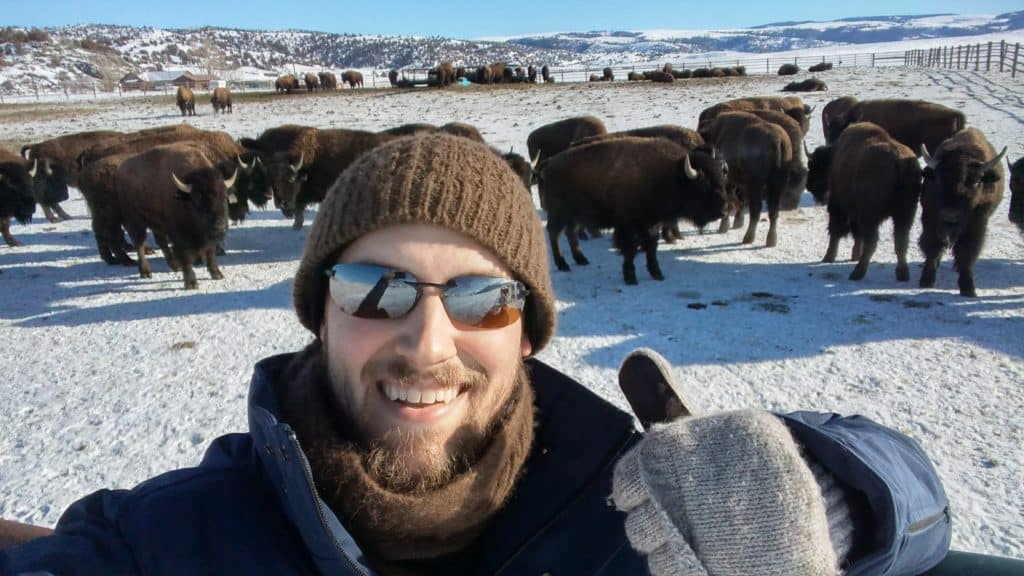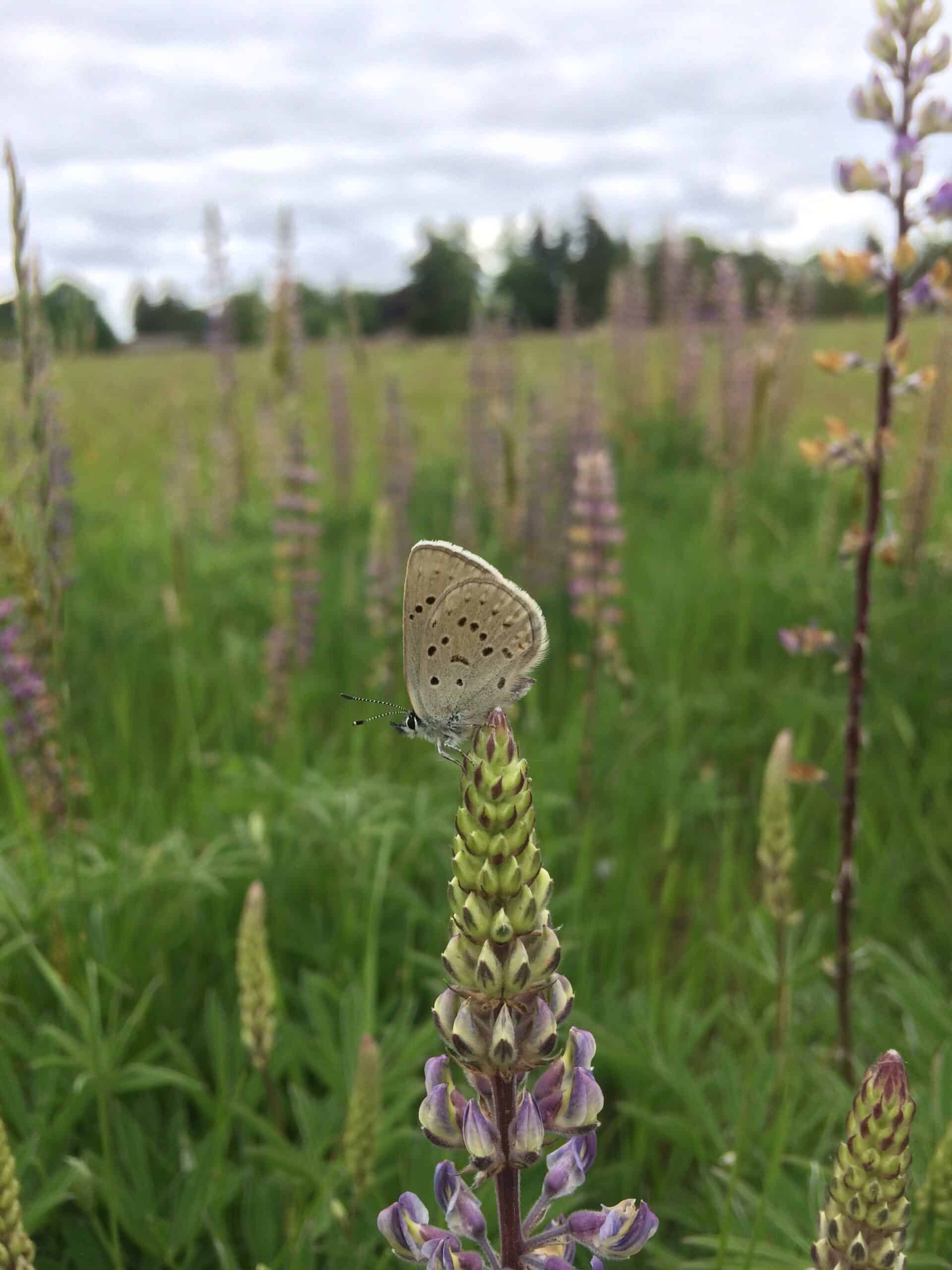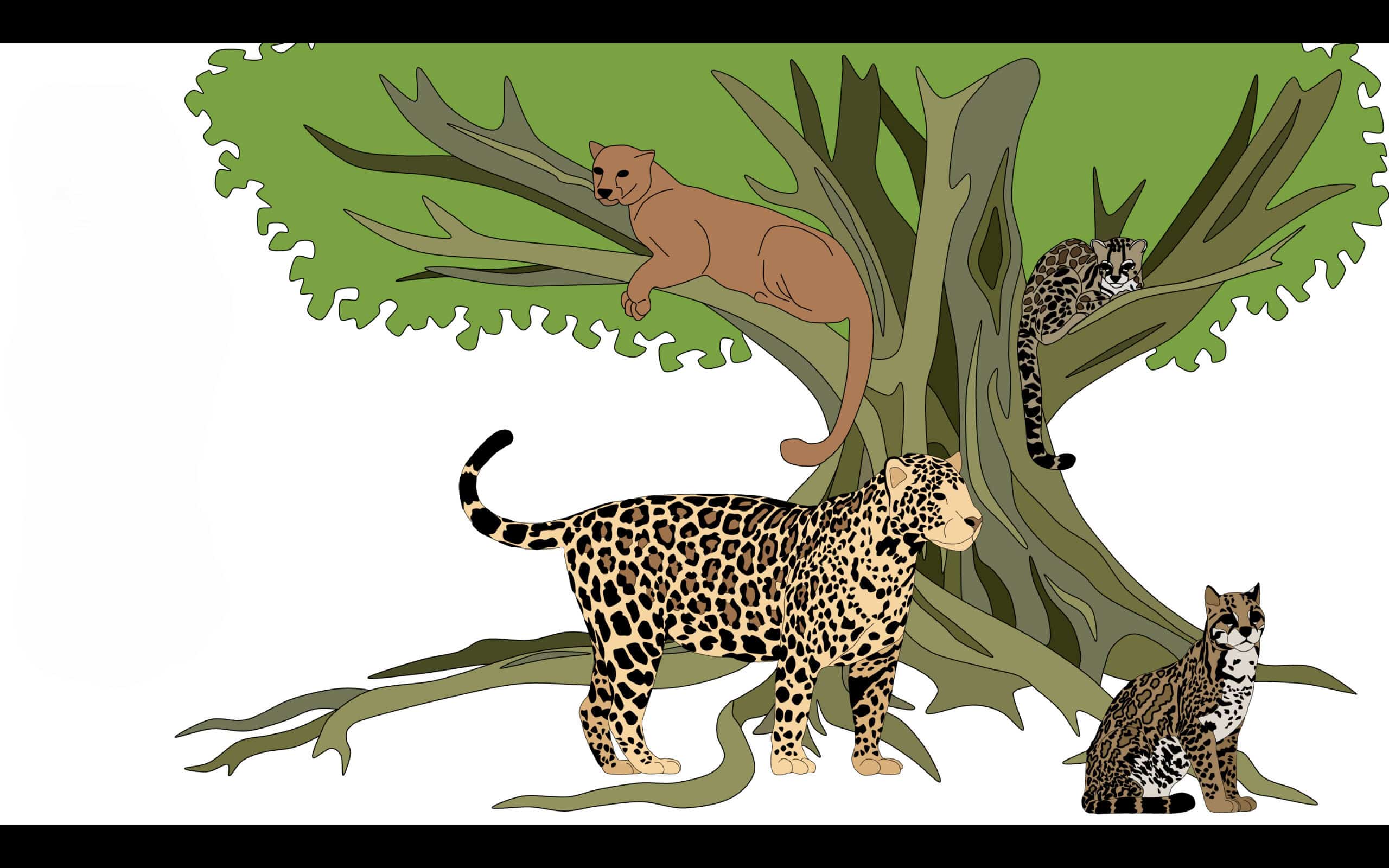Share this article
Droughts and high temperatures are shrinking bison
As temperature and droughts increase, the body mass of bison is decreasing, which could be detrimental to the survival of bison populations in areas that are already hot and arid, from Wind Cave in South Dakota to the Grand Canyon in Arizona.
“In Wind Cave, they will likely still be able to sustain a herd,” said Jeff Martin, a doctoral candidate in the Department of Wildlife and Fisheries Sciences at Texas A&M University and a Boone and Crockett research fellow in the “Red” Duke Wildlife Conservation and Policy Program. At the Grand Canyon, which hosts a small hard, it may be more difficult, he said. “This is already a marginal habitat for bison.”
Martin, a TWS member and lead author of a recent study on bison (Bison bison) published in Ecology and Evolution, studied this topic in the past by looking at bison size through fossils from over 40,000 years ago.
But in this study, he wanted to look at bison mass and height data over the last 50 years in Wind Cave National Park. His team took into account the local temperatures and drought in the area to see if there was a correlation with size over the last five decades.

Martin previously looked at fossil data dating back 40,000 years ago, which showed similar patterns. ©Jeff M. Martin
“It’s difficult to do this because bison are so long lived,” Martin said. But Martin and his colleagues were able to use long-term datasets, which they then compared to annual and decadal temperature and drought data from the National Oceanic and Atmospheric Administration.
They found that when there was increased drought in the Black Hills, bison were losing about 16 kilograms from their mature body size. With climate models predicting area temperatures will rise another 2 or 3 degrees Celsius over the next five decades, “that can be catastrophic for many populations.”
Martin and his colleagues then wanted to see if the pattern was the same for the entirety of the Great Plains. They sampled 19 herd locations from southern Saskatchewan to southeastern Texas and processed climate data in these areas from the past few decades. They found the same trends.
Martin worries that in some of the areas like Grand Canyon National Park, where bison are few and are already much smaller, the species could be even more effected by climate. Body size can determine how well bison can use protein and energy from forage, Martin said. Body size can also relate to litters and size of offspring. “The mass of the offspring could decline,” he said. “There are a lot of unknowns about what will happen.”
Climate is likely impacting forage the bison need, he said. Tall, warm-season grasses are locking up energy and protein, making it harder for bison to get the amount of protein they need. “It’s less nutritious forage,” Martin said. These warm-season grasses are replacing cool-season grasses of the central and northern plains.
High temperatures are also costing bison more energy. They have to expend energy to stay cool, which can affect their growth.
For now, Martin said there are ways to help conserve bison, including adding prescribed burns to the land to boost available energy and protein of grasses. “It’s important to work on how we can best create landscape heterogeneity for these animals to select the best available forage,” he said.
The Boone and Crockett Club is a Leading Sponsor of The Wildlife Society.
Header Image:
Bison body size, including height and mass, has decreased over the past 50 years as the climate changes.
©Jeff M. Martin








